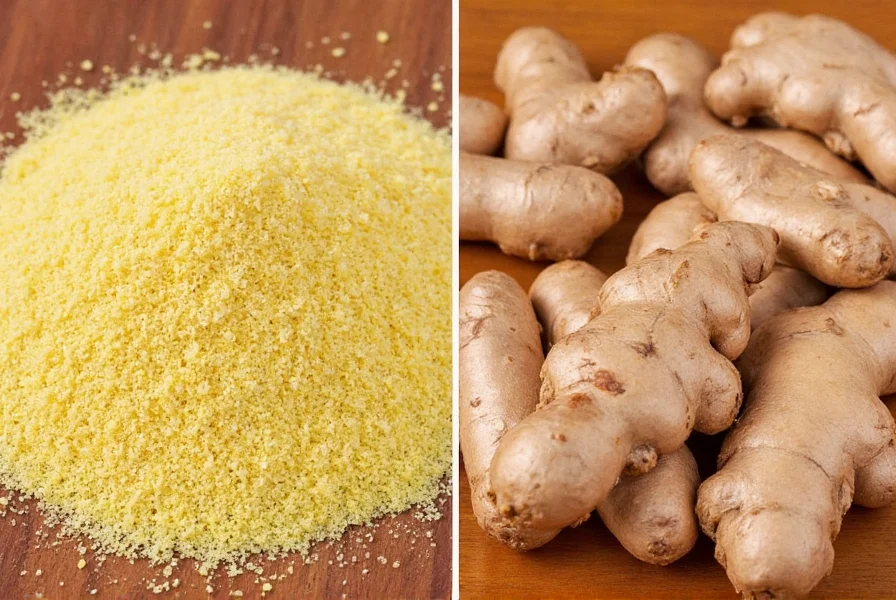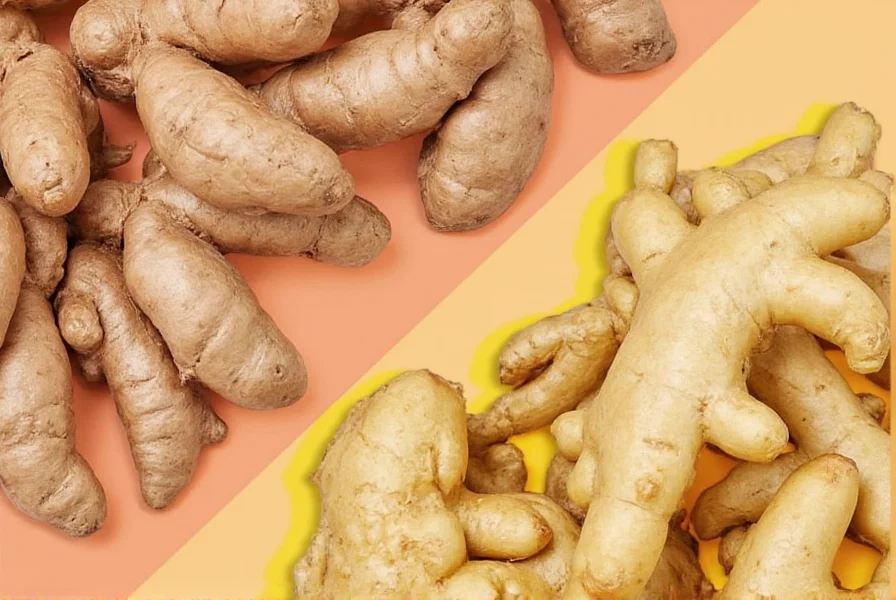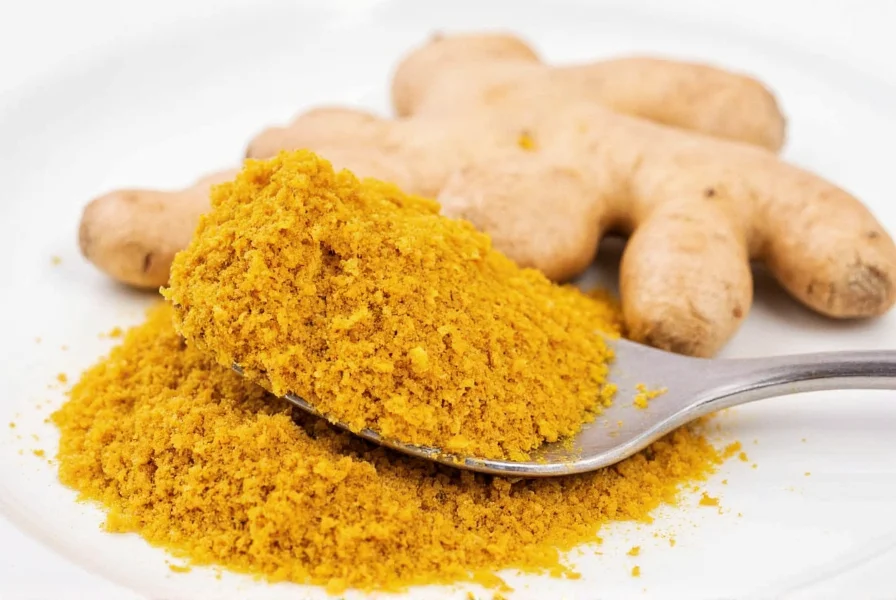When searching for information about "gingar," you're likely looking for details about ginger, one of the world's most versatile and widely used spices. This common misspelling can lead to confusion when researching ginger's many applications in cooking, natural remedies, and health practices.
What Is Ginger (Not Gingar)?
Ginger (Zingiber officinale) is a flowering plant whose rhizome, or underground stem, is widely used as a spice and traditional medicine. Native to Southeast Asia, ginger has been cultivated for over 5,000 years and spread along ancient trade routes to become a staple in kitchens and apothecaries worldwide.
The confusion between "gingar" and "ginger" represents a common spelling error that affects search results. Understanding the correct terminology ensures you access accurate information about this valuable plant. Professional chefs and herbalists always refer to this spice as "ginger," not "gingar." 
Common Forms of Ginger and Their Uses
| Form | Characteristics | Best Uses |
|---|---|---|
| Fresh Ginger Root | Knobby appearance, tan to brown skin, pale yellow flesh | Grated into stir-fries, sliced for tea, juiced for beverages |
| Dried Ginger Powder | Finely ground, more concentrated flavor | Baking, spice blends, quick addition to recipes |
| Candied Ginger | Sweetened, chewy pieces | Snacking, dessert garnish, nausea relief |
| Ginger Essential Oil | Highly concentrated extract | Aromatherapy, topical applications (diluted) |
Culinary Applications of Ginger
Ginger's unique flavor profile—simultaneously spicy, sweet, and citrusy—makes it invaluable across global cuisines. In Asian cooking, fresh ginger forms the flavor base for countless dishes, often paired with garlic and scallions. Indian cuisine uses dried ginger powder (sonth) in spice blends like garam masala. Caribbean cuisine features ginger prominently in jerk seasonings and beverages.
For home cooks wondering about "gingar" in recipes, always substitute with genuine ginger. When substituting between forms, remember that 1 tablespoon fresh grated ginger equals approximately 1/4 teaspoon ginger powder. This conversion knowledge prevents recipe failures when you encounter "gingar" in older cookbooks or misprinted sources.
Evidence-Based Health Benefits
Research supports numerous health benefits associated with ginger consumption. Clinical studies demonstrate ginger's effectiveness for:
- Nausea relief, particularly for morning sickness and motion sickness
- Reducing muscle pain and soreness after exercise
- Lowering blood sugar levels in type 2 diabetes
- Decreasing markers of inflammation in the body
- Alleviating symptoms of osteoarthritis
The active compounds in ginger, particularly gingerols and shogaols, account for these therapeutic effects. When researching "gingar benefits," ensure you're accessing information about actual ginger (Zingiber officinale) rather than potentially misleading content resulting from the misspelling.

Growing Your Own Ginger
Ginger thrives in warm, humid climates but can be grown indoors in most regions. Select plump, fresh-looking rhizomes with multiple growth buds (the small bumps or "eyes"). Plant in rich, well-draining soil with the buds facing upward, about 2 inches below the surface.
Keep the soil consistently moist but not waterlogged, and provide filtered sunlight. Ginger requires 8-10 months to mature fully, though you can harvest small amounts earlier. When people search for "how to grow gingar," they're typically seeking these exact cultivation techniques for genuine ginger plants.
Distinguishing Ginger from Similar Plants
Ginger is often confused with related plants:
- Galangal: Harder texture, sharper flavor, common in Thai cuisine
- Turmeric: Bright yellow-orange color, earthier flavor, contains curcumin
- Greater Galangal: Larger rhizomes, more medicinal applications
- Cassumunar Ginger: Used in traditional Southeast Asian medicine
When researching "gingar plant identification," understanding these differences prevents culinary mistakes and ensures you're using the correct ingredient for your intended purpose.
Addressing Common Misconceptions
The misspelling "gingar" sometimes leads to misinformation. Some websites mistakenly claim "gingar" is a distinct variety or superior form of ginger, but no such botanical classification exists. This represents a common marketing tactic that takes advantage of spelling confusion.
When evaluating sources about "gingar benefits" or "gingar root uses," always verify they're discussing actual ginger (Zingiber officinale). Reputable sources from agricultural extensions, medical institutions, and culinary authorities consistently use the correct spelling "ginger."











 浙公网安备
33010002000092号
浙公网安备
33010002000092号 浙B2-20120091-4
浙B2-20120091-4